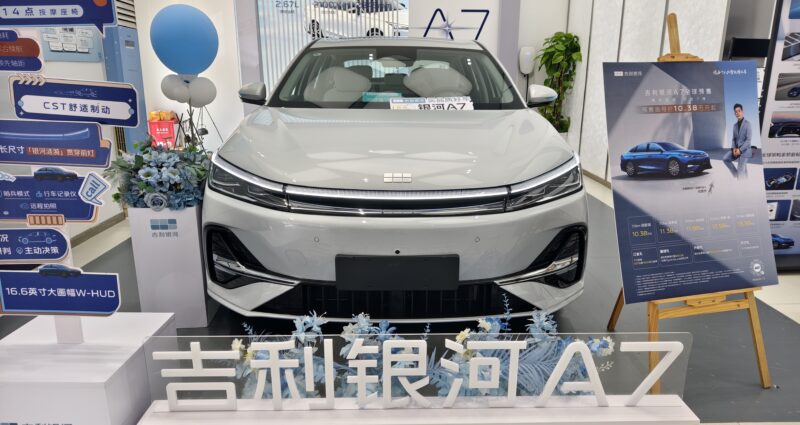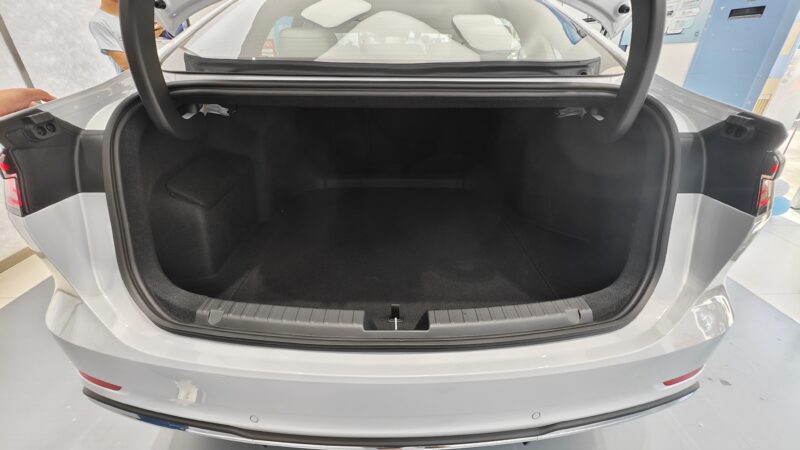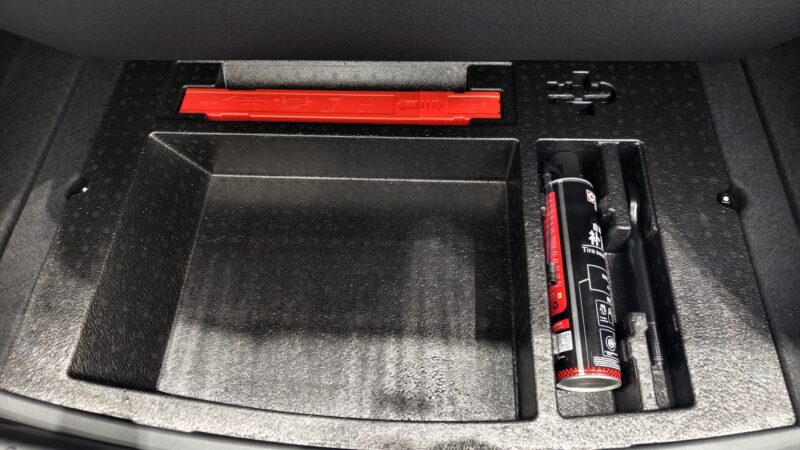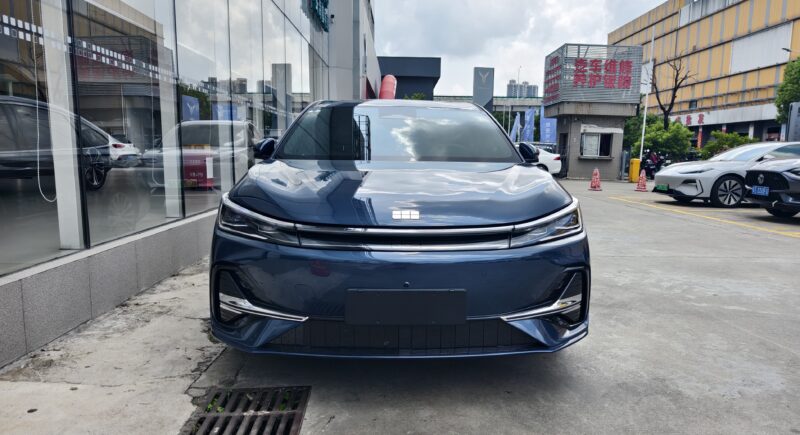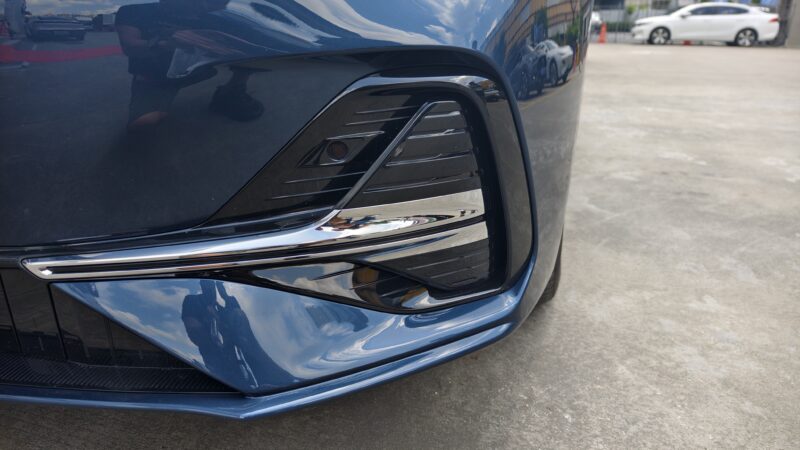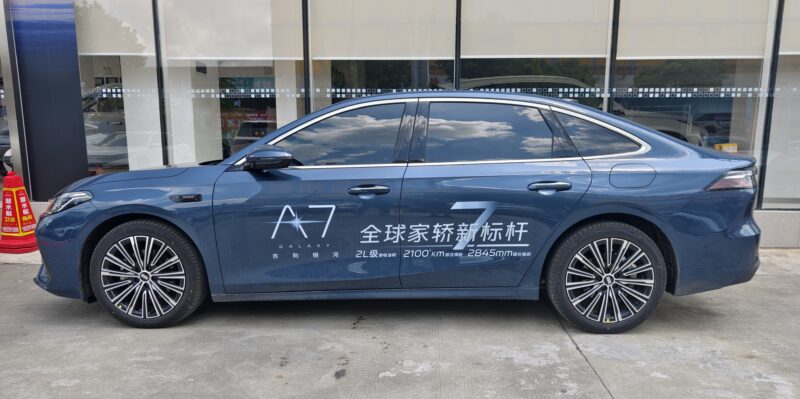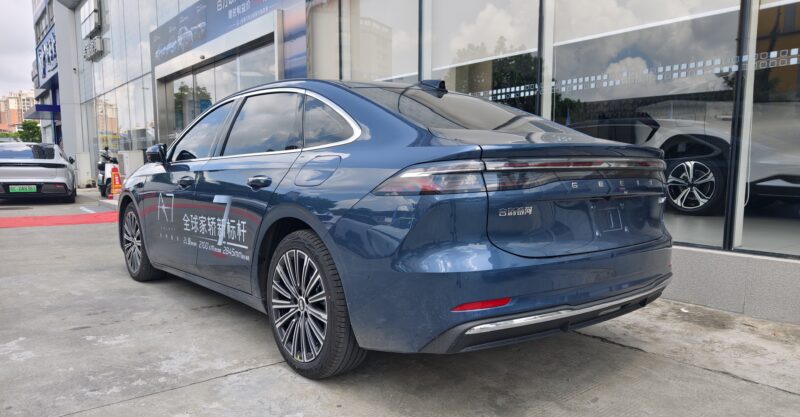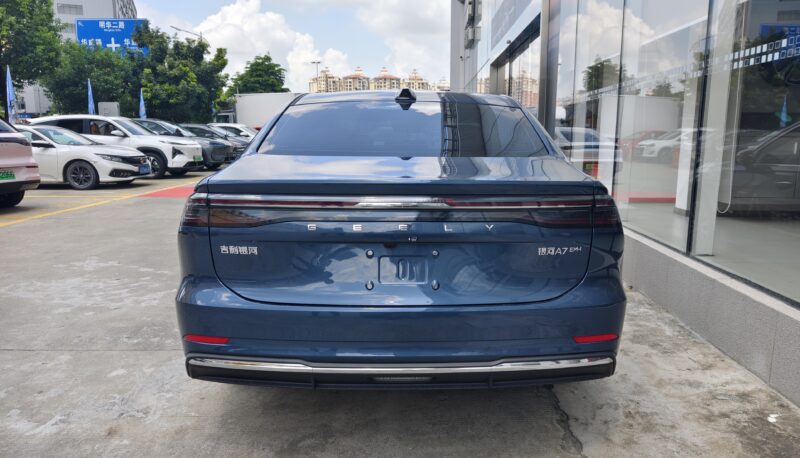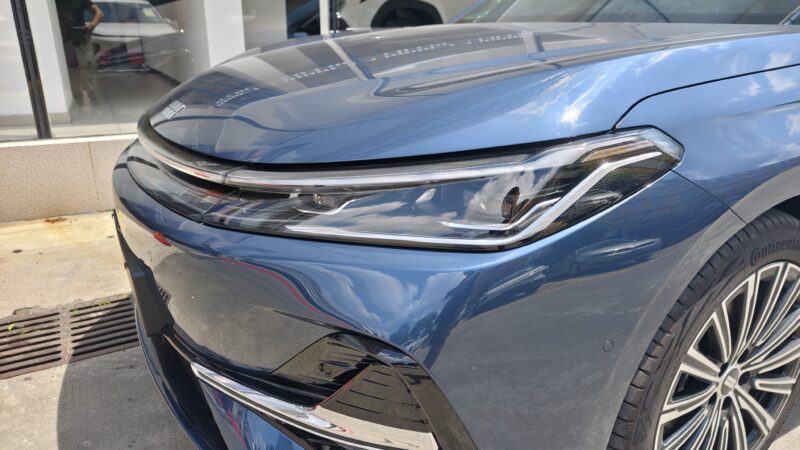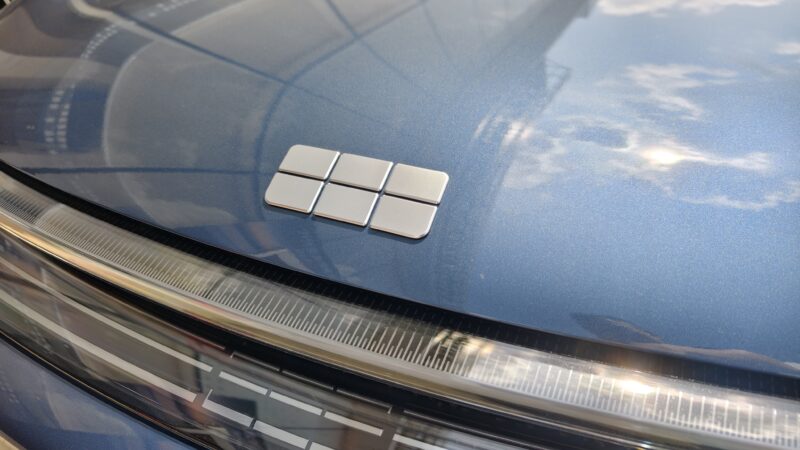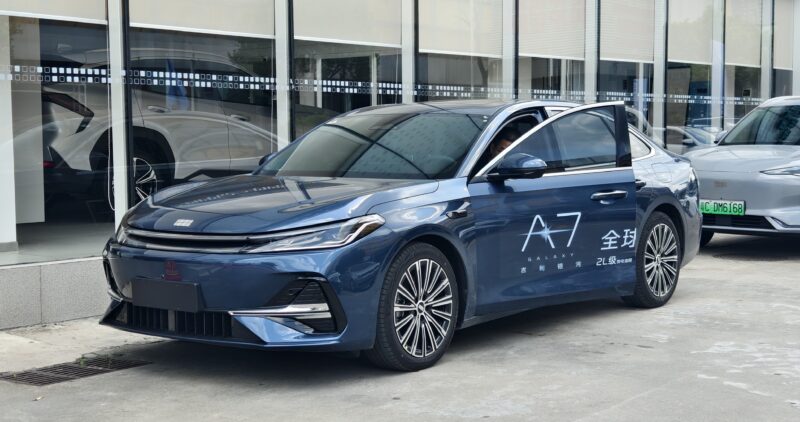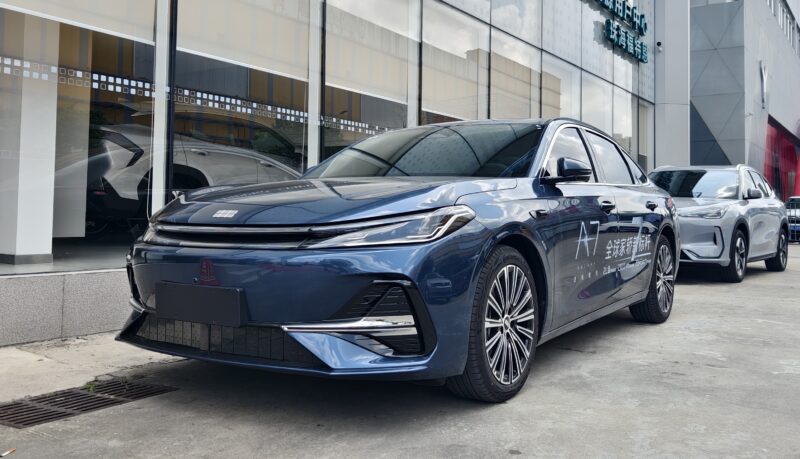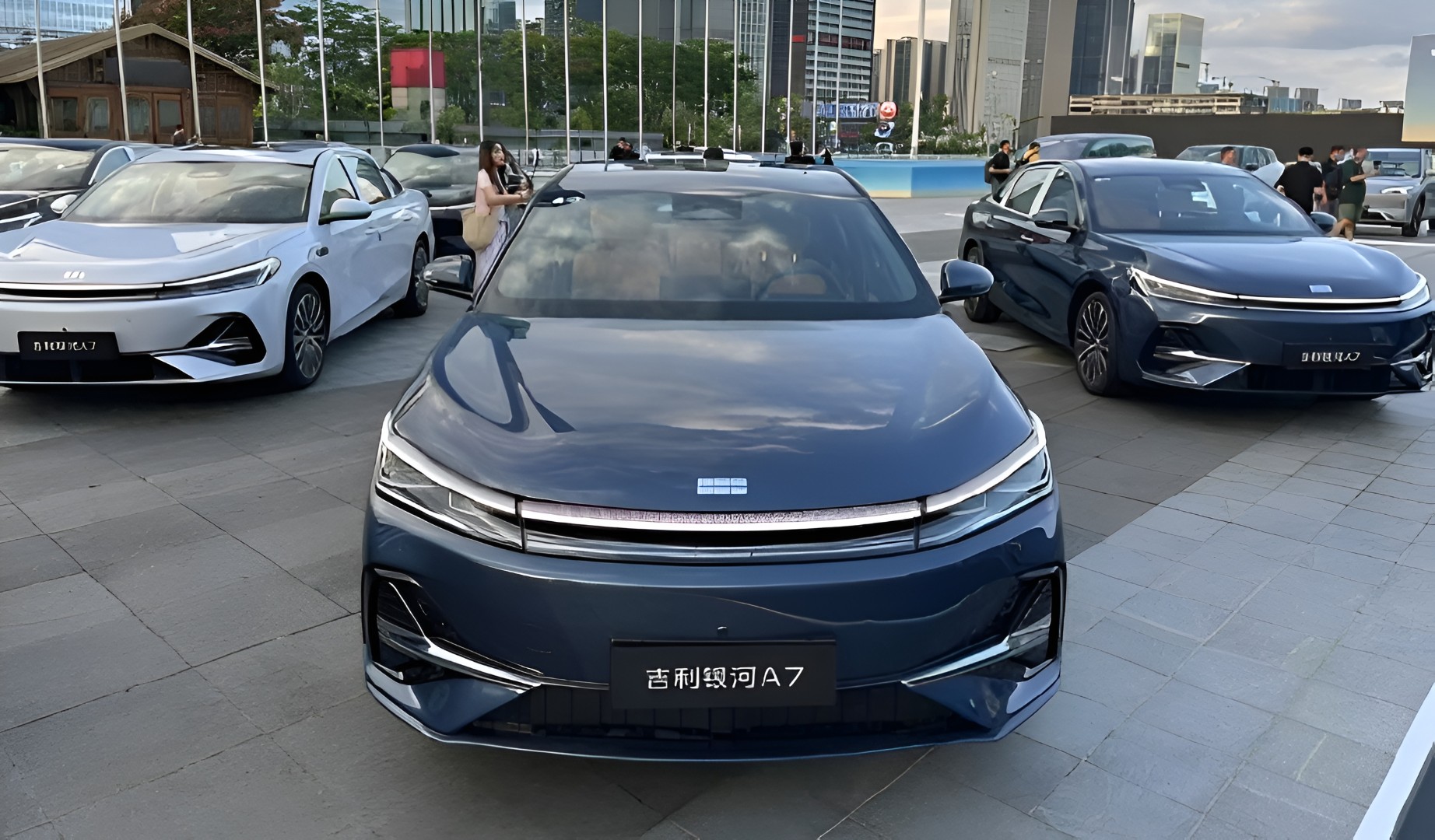Sunday China Drive | Geely Galaxy A7: practical mid-size sedan with balanced performance
The Geely Galaxy A7 is a mid-size plug-in hybrid sedan designed for everyday driving and longer trips. It is built on Geely’s GEA new energy platform and features the “Geely EM AI Super Hybrid 2.0” powertrain, which combines a 1.5-litre petrol engine with an electric motor for a total output of 175 kW. The manufacturer states a 0–100 km/h acceleration time of 7.1 seconds. Two battery options offer a CLTC-rated electric-only range of 70 km or 150 km.
Prices in China range from 89,800 yuan to 125,800 yuan, approximately 12,500 USD to 17,500 USD at current exchange rates. Primary competitors include the BYD Qin L DM-i and BYD Seal 06 DM-i.
Exterior
The Galaxy A7 has a traditional sedan silhouette with a long bonnet, a defined passenger cabin, and a short rear deck. The front grille features Geely’s “Galaxy ripple” design paired with a full-width LED light strip. The lower bumper layers add visual detail without oversized air intakes.
From the side, 19-inch alloy wheels (upper trims). At the rear, a continuous LED light bar connects the taillamps, consistent with Geely’s family styling. The drag coefficient stands at 0.229, competitive for the segment.
Interior
The cabin blends physical controls for functions like climate and windows with digital displays. Materials include soft-touch surfaces, metallic trim, and wood-pattern accents.
A 15.4-inch 2.5K touchscreen runs the Flyme Auto interface. A 16.6-inch head-up display shows navigation, speed, and driver assistance information. The instrument cluster is fully digital. Front seat ventilation is standard across all trims; heating and massage functions are included on higher variants. A 50-watt wireless charging pad is available.
The hybrid layout allows a flat floor and increased legroom in the rear. Cushion length supports the thighs adequately, and headroom fits average-height adults. The boot holds up to six 20-inch suitcases.
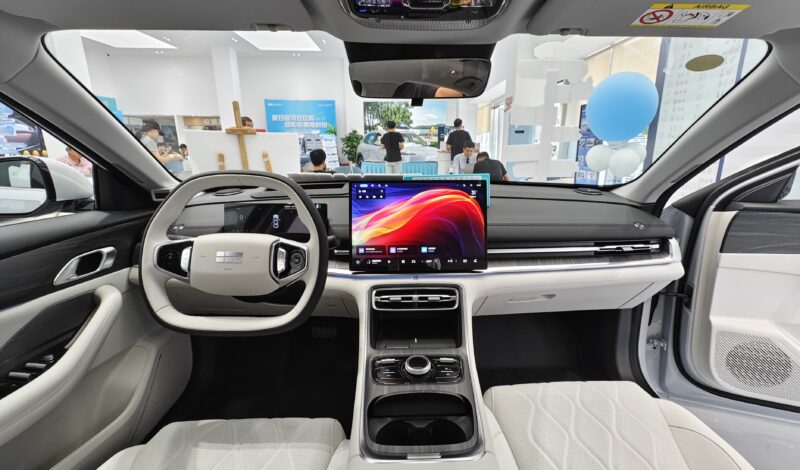
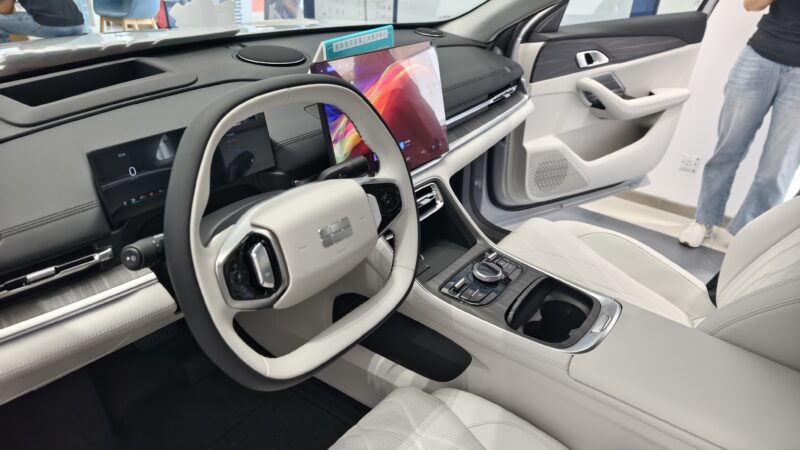
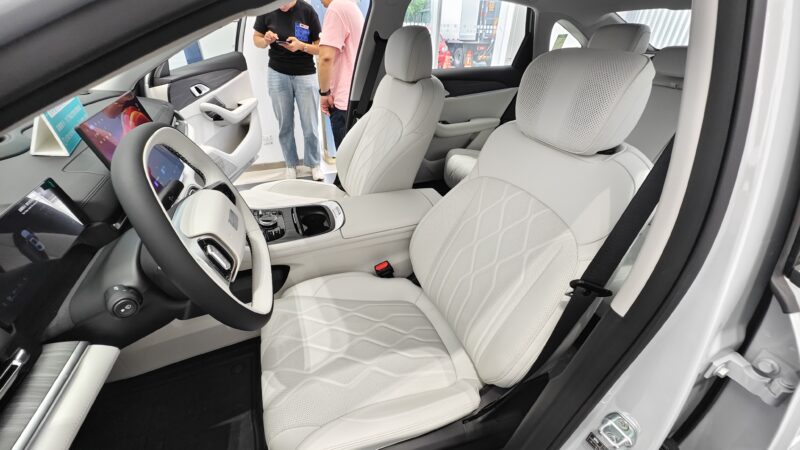

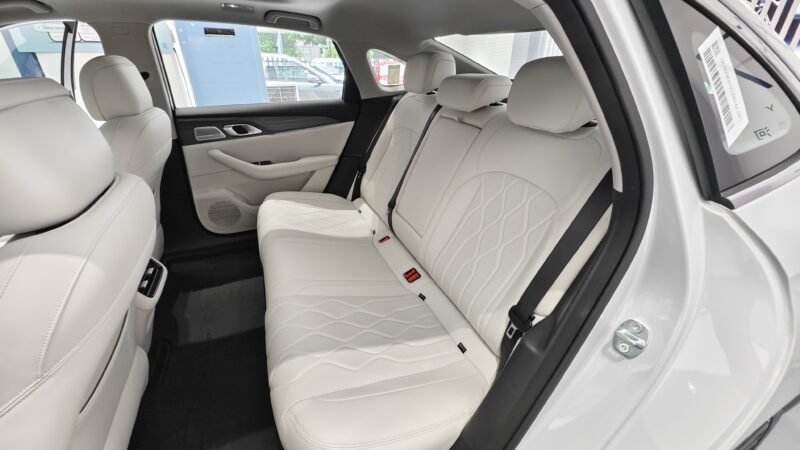
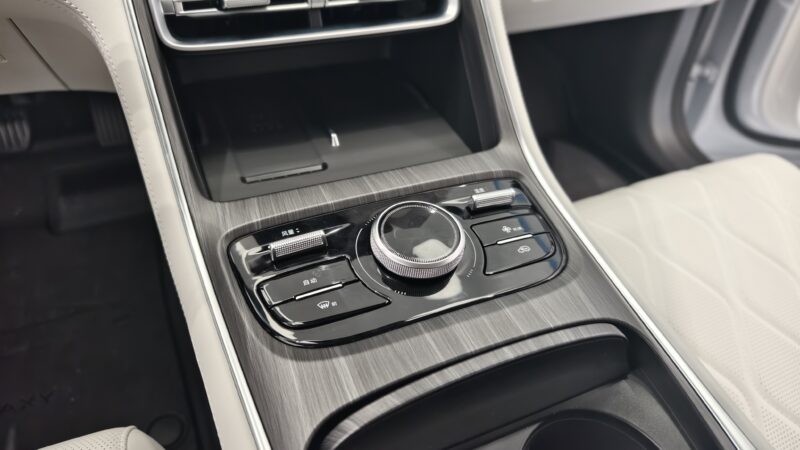
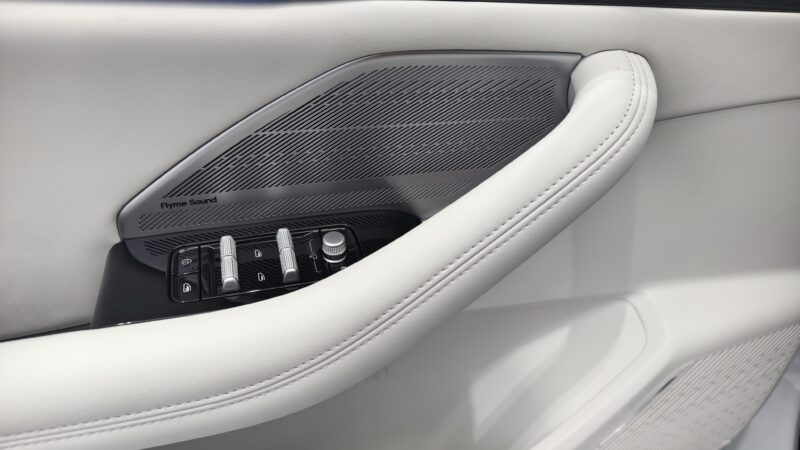
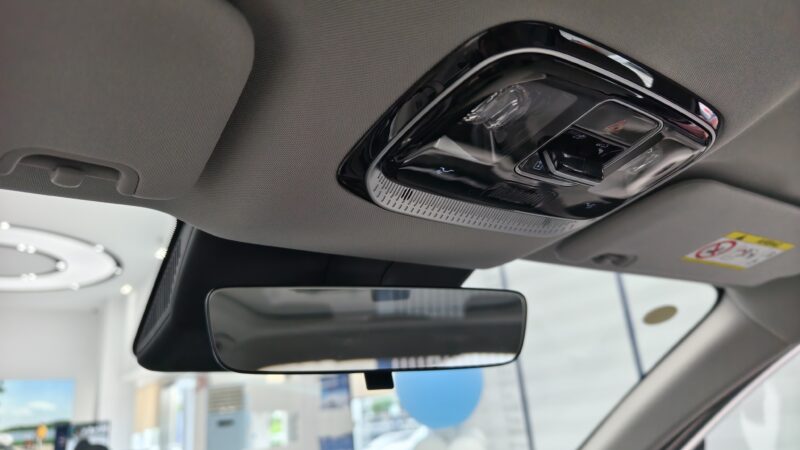

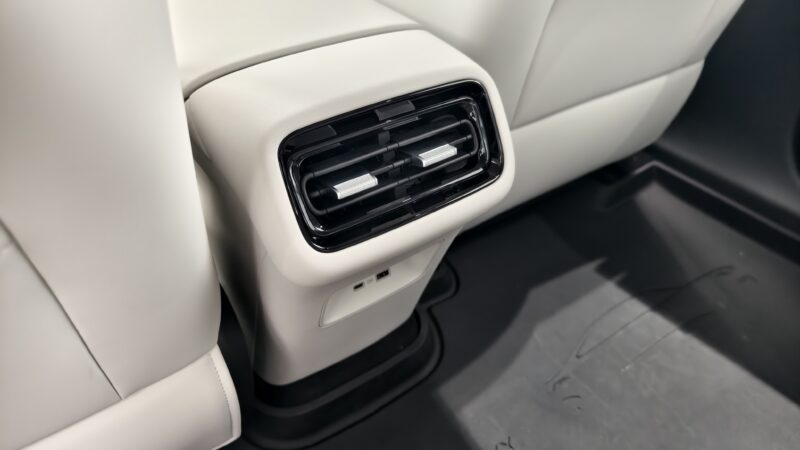
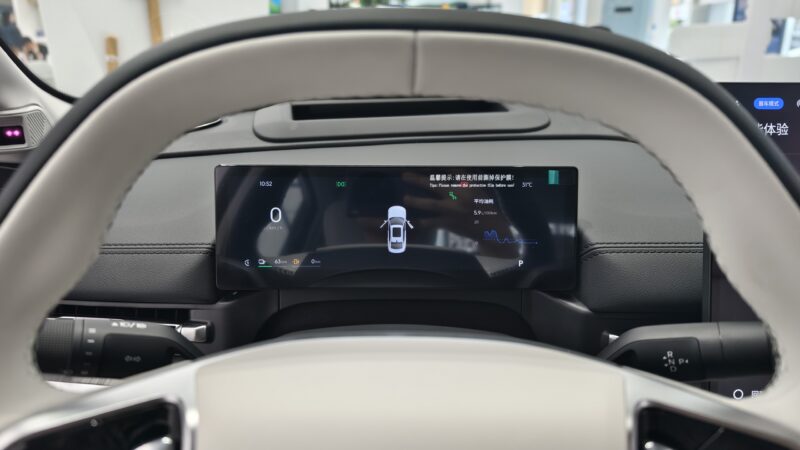
Driving Experience
The Galaxy A7 uses the Geely EM AI Super Hybrid 2.0 system, combining a 1.5-litre naturally aspirated petrol engine with an electric motor, producing 175 kW total. Acceleration to 100 km/h is rated at 7.1 seconds, consistent with segment standards.
In tests on mixed roads, including hills, the powertrain provided steady, predictable acceleration. The hybrid system switches between electric-only, petrol-only, or combined power based on driving conditions and selected modes. “Range Extender” mode prioritises electric driving while maintaining battery charge via the engine, aimed at improving fuel economy in urban settings. Performance mode uses both power sources for stronger acceleration when needed.
The suspension employs MacPherson struts at the front and a multi-link setup at the rear, designed for a balanced and stable ride. It absorbs road imperfections effectively, with controlled body roll matching the sedan’s focus on ride quality and handling balance.
Steering effort is moderate, easing low-speed manoeuvres and providing stability at higher speeds. Braking features CST 2.0 technology to reduce front-end dive under heavy braking, contributing to predictable stopping power.
Noise and vibration levels are within expected ranges for the class, with noticeable wind and road noise at highway speeds. Sound insulation is consistent throughout the cabin.
The energy management system adjusts powertrain operation in real time to encourage electric driving and improve fuel efficiency.
Overall, the Galaxy A7 delivers a conventional driving experience oriented towards efficiency and ride comfort rather than sporty performance.
Verdict
The Galaxy A7 is a conventional mid-size sedan with a hybrid powertrain designed for practical performance. Its layout, controls, and chassis are aimed at straightforward use and consistent operation.
Priced between 89,800 and 125,800 yuan (approx. 12,500 to 17,500 USD), it competes with plug-in hybrid models such as BYD’s offerings. The A7 prioritises consistent and accessible performance over sporty styling or handling.
Stay tuned for next week’s Sunday China Drive at Car News China, where you can read more first-person evaluations of Chinese cars.
